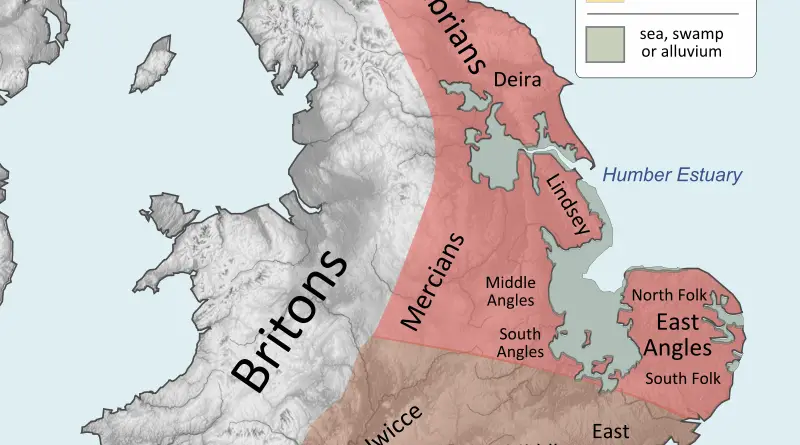Historical Maps
Historical maps showing territorial changes of countries and historical events of the past.
German territorial losses since First World War
From the Treaty of Versailles to the Potsdam Conference, trace the territorial shifts in Germany’s borders from 1919 to 1945. Learn with maps and key historical facts.
Read MoreThe rise and fall of the Byzantine Empire
The Byzantine Empire, also known as the Eastern Roman Empire, had a long and complex history spanning over a millennium. It emerged as a continuation of the Roman Empire in the East and lasted from the 4th century AD to the 15th century AD.
Read MoreBuried ships along San Francisco`s waterfront
By the estimate of a San Francisco harbourmaster in April 1850, no less than 62,000 people from across the globe
Read MoreVisualizing 19th-Century New York
A spatial interface to twenty essays on the objects & themes of the exhibit as well as th objects and
Read MoreHistoric maps of every Great Britain railway line that ever existed
The railroad system in Great Britain is the oldest in the world. The first public railway opened in 1825, which was followed by an era of fast growth. National Rail network controls most of the railroads in the country (15,811 kilometers or 9,824 miles).
Read MoreSettlements of British Peoples in the 7th century
Via wikimedia.org
Read MoreActive separatist movements in Europe
The wish of nations to have national homelands is not an irrational one. National self-determination is the spine of the international political system. After the First World War, the League of Nations and the mandate system were partially organized to bring ignorant political entities nearer to acknowledging the dream of a nation-state.
Read More


